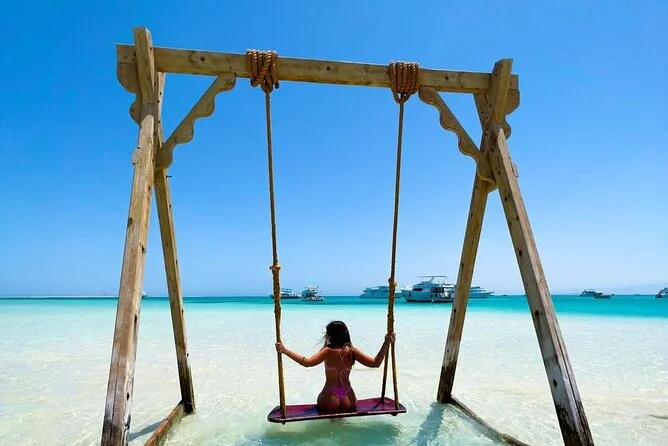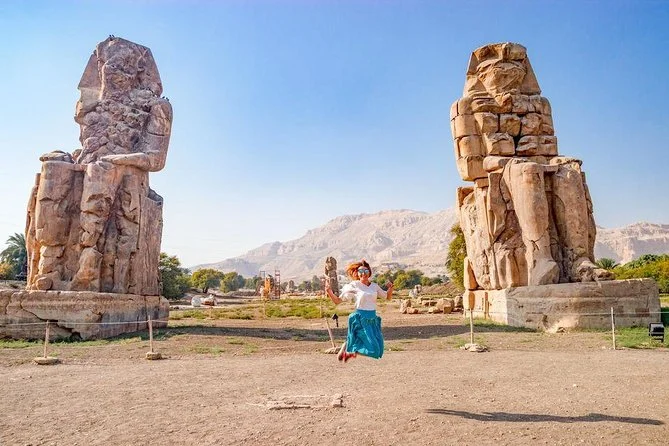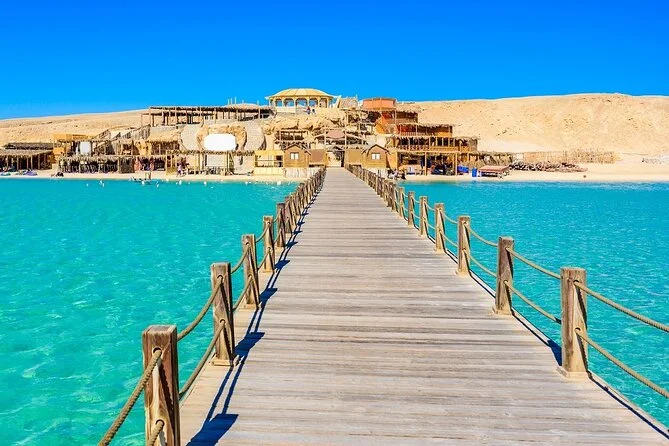Hurghada’s Giftun & Orange Bay: Hidden Beach Escapes 2026
Quick Summary (TL;DR): Hurghada’s offshore islands—Giftun and Orange Bay—offer shallow sandbars, clear lagoons, and easy day-boat access; plan morning departures, choose moored operators, and time visits for shoulder-season calm.
At 9 a.m., the Red Sea turns glassy around Orange Bay, a chalk-white sandbar rising from turquoise shallows. During our March 2025 visit, the first skiffs idled on mooring buoys as crews lowered ladder steps into water so clear you could count sea stars on the ripple-patterned sand.
Why now: post-2024 demand has shifted from poolside resorts to nature-forward day trips, with travelers prioritizing reef-friendly practices and smaller groups. In 2025–2026, local operators report staggered departures, more fuel-efficient hulls, and broader use of fixed moorings around the Giftun archipelago—changes that make these island escapes gentler on corals and smoother for guests.
What Makes Giftun & Orange Bay Special in 2026
Few Red Sea experiences match the simplicity here: wade from a boat into waist-deep, teal water over pale sand, then fin 30 meters to fish-thick patch reefs. Giftun’s protected zones are home to sergeant majors, blue-spotted rays, and, in cooler months, superb visibility. According to dive instructors, surface temps range roughly 22–24°C in winter and 28–30°C in late summer; shorty wetsuits help from December to March. Early runs beat wind chop—the northerlies typically freshen after midday—so sunrise or first-wave departures deliver the quiet coves and calm seas photographers crave.
Top Things to Do in Hurghada
- Orange Bay sandbar swim: Wade across a luminous, knee-deep lagoon, then drift-snorkel along nearby patch reefs; facilities now include shaded platforms and ladders for easier access. Explore the sandbar at Orange Bay.
- Giftun reef snorkeling: Skipper between two or three sheltered stops in a day, with visibility best in mornings; expect 30–60 minutes of boat time from the marina. Learn about the protected coral at Giftun Islands.
- Dolphin House drift: On calm days, boats head south to a horseshoe reef frequented by spinner dolphins; enter only under guide instruction and never chase. See details for Dolphin House.
Where to Stay in Hurghada (2026 Guide)
For easy marina access, Downtown Hurghada and the Marina District suit short stays and value-seekers; most boats load within 10–20 minutes’ drive. Couples often choose Sahl Hasheesh for quiet beaches and newer promenades. Families gravitate to Makadi Bay for calm, shallow house reefs and kids’ clubs. Soma Bay draws wind and kitesurfers—expect breezier afternoons but pristine water clarity. El Gouna, 25–30 km north, offers lagoon-side hotels and polished dining, plus reliable private charters. Accessibility varies: marina ramps are improving, but soft sand on sandbars is challenging for wheelchairs; request a boat with wide gangways and onboard bathrooms.
Best Time to Visit Hurghada
March–May: 24–30°C highs, warming seas, moderate crowds—prime for snorkeling. June–August: 34–36°C highs; water ~29–30°C; busiest and hottest—book shade-equipped boats. September–October: 30–33°C highs, calm mornings, excellent visibility. November–February: 21–25°C highs; water ~22–24°C; fewer boats and cooler breezes—bring a light wetsuit. Prices tend to peak around spring holidays and mid-summer; shoulder seasons offer better availability.
Getting There and Around
Fly into Hurghada International Airport (HRG). Transfers to Hurghada Marina take 15–25 minutes by taxi or hotel shuttle, 10–30 km depending on your resort area. Full-day island hopping tours typically depart at 8 AM, with 30–60 minutes to the first snorkel stop and 2–3 reef sessions spaced by an island beach break. Morning seas are usually calmer; if you’re prone to motion sickness, choose earlier departures and a larger hull. Private charters can leave at sunrise for crowd-free sandbars. To browse options, filter for small-group boats under island excursions.
Sustainable Travel Tips
Choose operators that use fixed moorings—anchors crush coral. Wear a long-sleeve rash guard and reef-safe sunscreen to reduce runoff. Never stand on coral; use sandy entry points and keep fins up. Bring a refillable bottle; many boats now carry large dispensers. Photograph dolphins and turtles passively—no touching, feeding, or flash. Pack out all waste, and consider offsetting boat fuel on longer runs.
Frequently Asked Questions
How many days do you need in Hurghada?
Two to three days covers one full-day island trip plus a second day for Dolphin House or a coastal house-reef snorkel. Add a fourth day if you want a rest morning and a sunset cruise without rushing transfers.
Is Hurghada good for families or beginners?
Yes. Shallow, sandy entries at Orange Bay and Giftun suit first-time snorkelers, and most boats provide life vests and ladders. For families, choose morning departures, shade canopies, and bathrooms onboard; soft sand and boat steps can be challenging for wheelchairs, so request wide gangways in advance.
What's the best month to visit Hurghada?
October is a sweet spot: 30–31°C daytime highs, warm 27–28°C water, and lighter crowds than summer. March and April are similarly comfortable with calmer mornings and clear visibility—ideal for reef snorkeling and sandbar time.
These islands reward unhurried days: first fin in at sunrise, tea on the sandbar by mid-morning, a drift over coral gardens before the wind stirs. As protected zones expand and operators refine moored access, the experience should only improve. If you want a quieter shore stop next, consider the low-key sands of Paradise Island.



